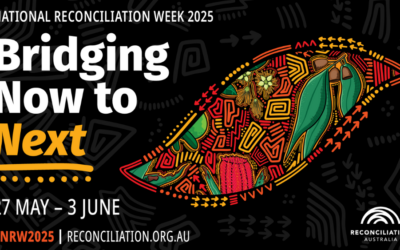The International Association of Public Participation (Australasia) recently published a report examining the intersection of community influence and public decision-making. This is set against the increased visibility of engagement on the one hand, and declining trust in government on the other.
Current challenges
The report outlines major challenges which impact community influence in public decision-making. These include:
- Decision-makers are out of step with engagement practice. Some leadership processes often lead to a tick-the-box approach, where already reached decisions mitigate the value of engagement.
- The lack of meaningful engagement creates disconnect with communities. Decision makers can be reluctant to engage with communities in a way that is transparent and meaningful. Limited resources and the pressure of timing can be a contributing factor.
- Confused expectations undermine transparency and trust. This is the case when communities cannot see a link between their engagement input and decisions reached.
- The acute need to address inclusivity and culturally diverse engagement. Engagement efforts seeking to reduce barriers to participation require an intentional approach to inclusivity
Recommendations for engagement practice
The report offers a series of recommendations to meet the challenges facing engagement practice. Improving trust in government is the cornerstone of these recommendations. If governments are unable to improve the trust deficit, it will become harder for decision-makers to have policies that not only succeed but support the wellbeing of communities they are designed to benefit.
Recommendations include:
- Educating decision-makers to bring them in step with the practice and definition of engagement and the process of decision-making in collaboration with communities.
- Educating community on the process of decision-making in political contexts.
- Clarifying the role of community facilitation to resolve issues around the lack of clarity, transparency and mixed messages.
- Engaging across projects rather than point-in-time engagement. This can build trust in relationships and address systemic barriers.
- Evaluating the value of engagement and developing attributable metrics and indicators
Read the full Community influence in public decision-making report.











